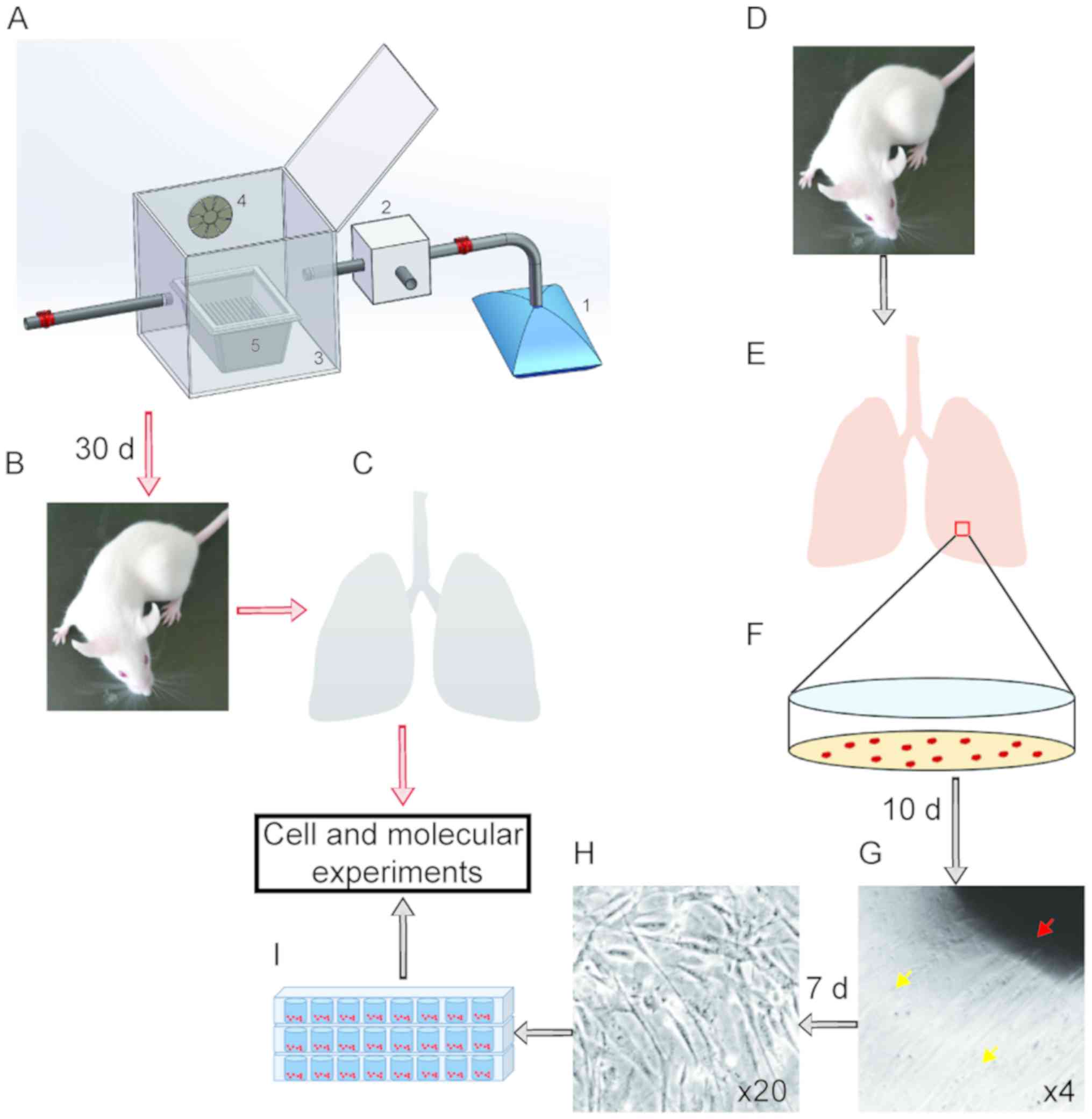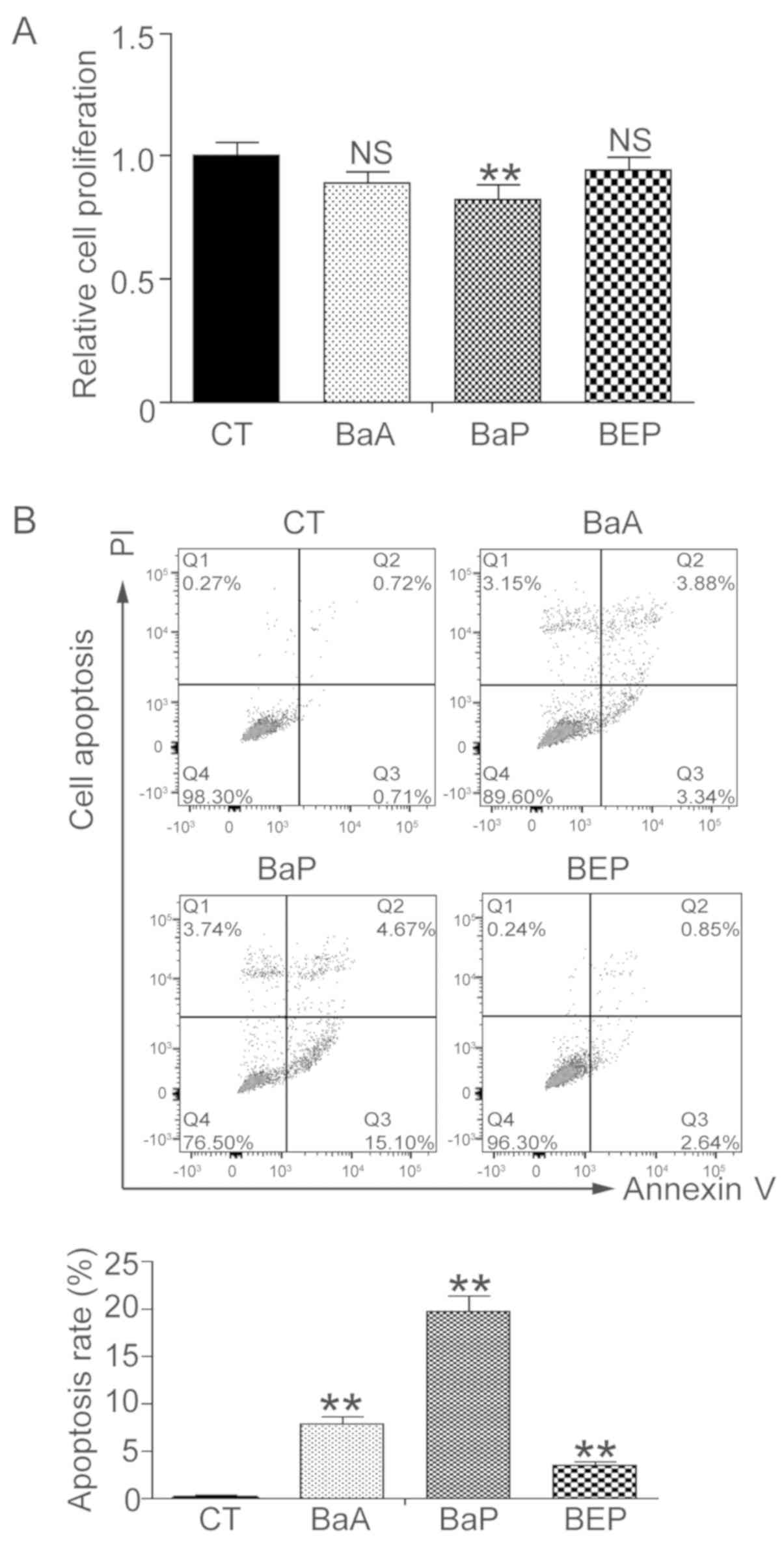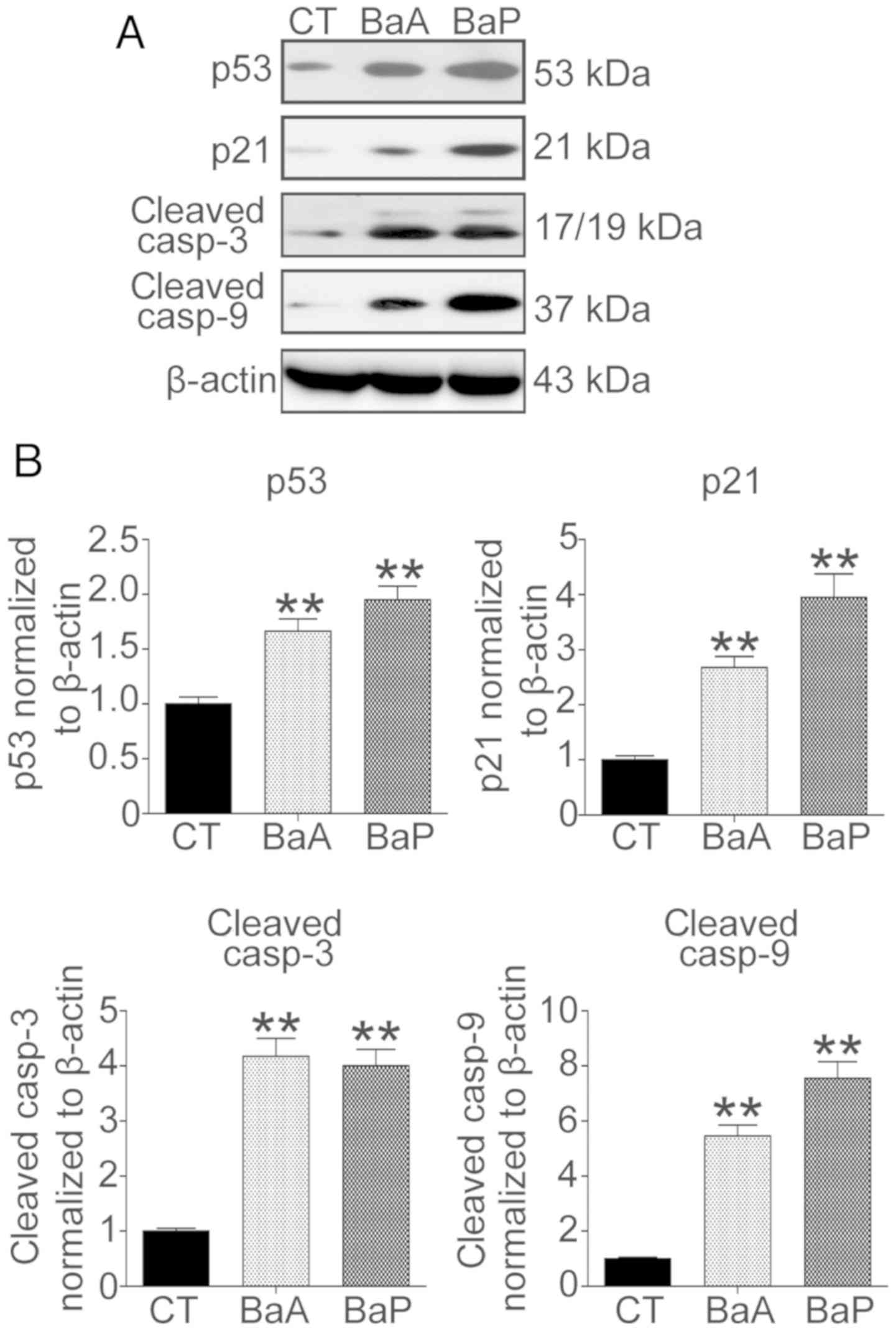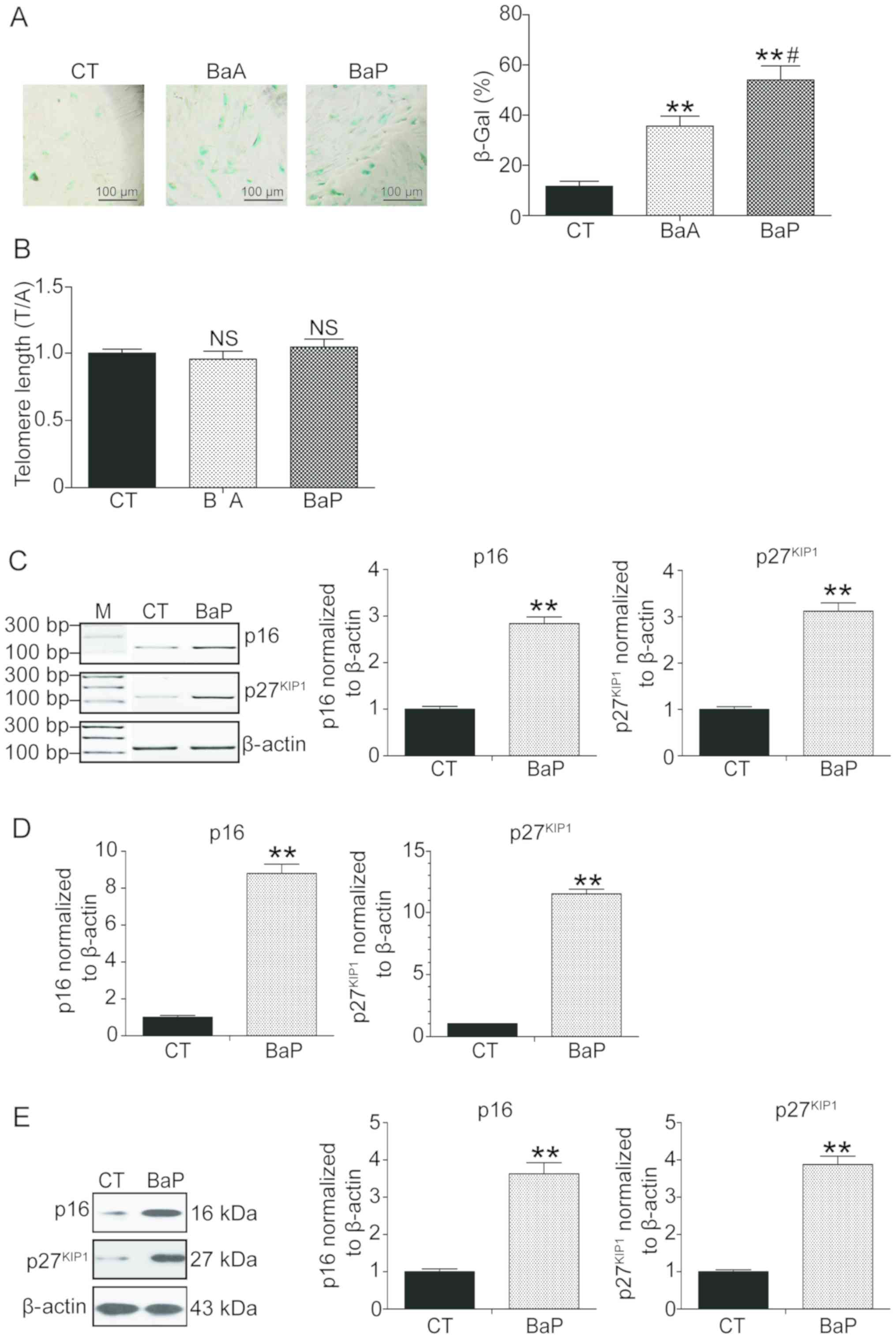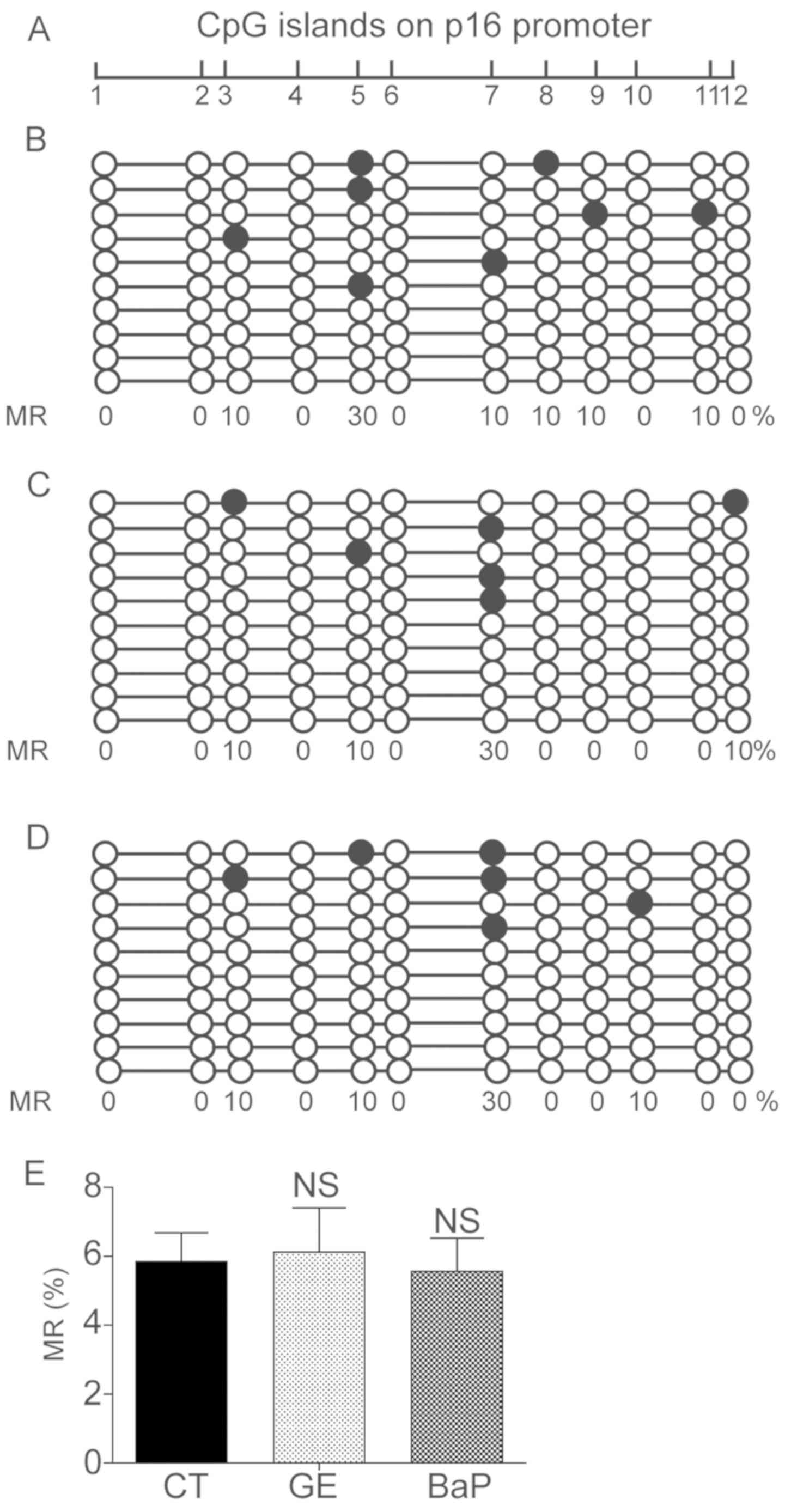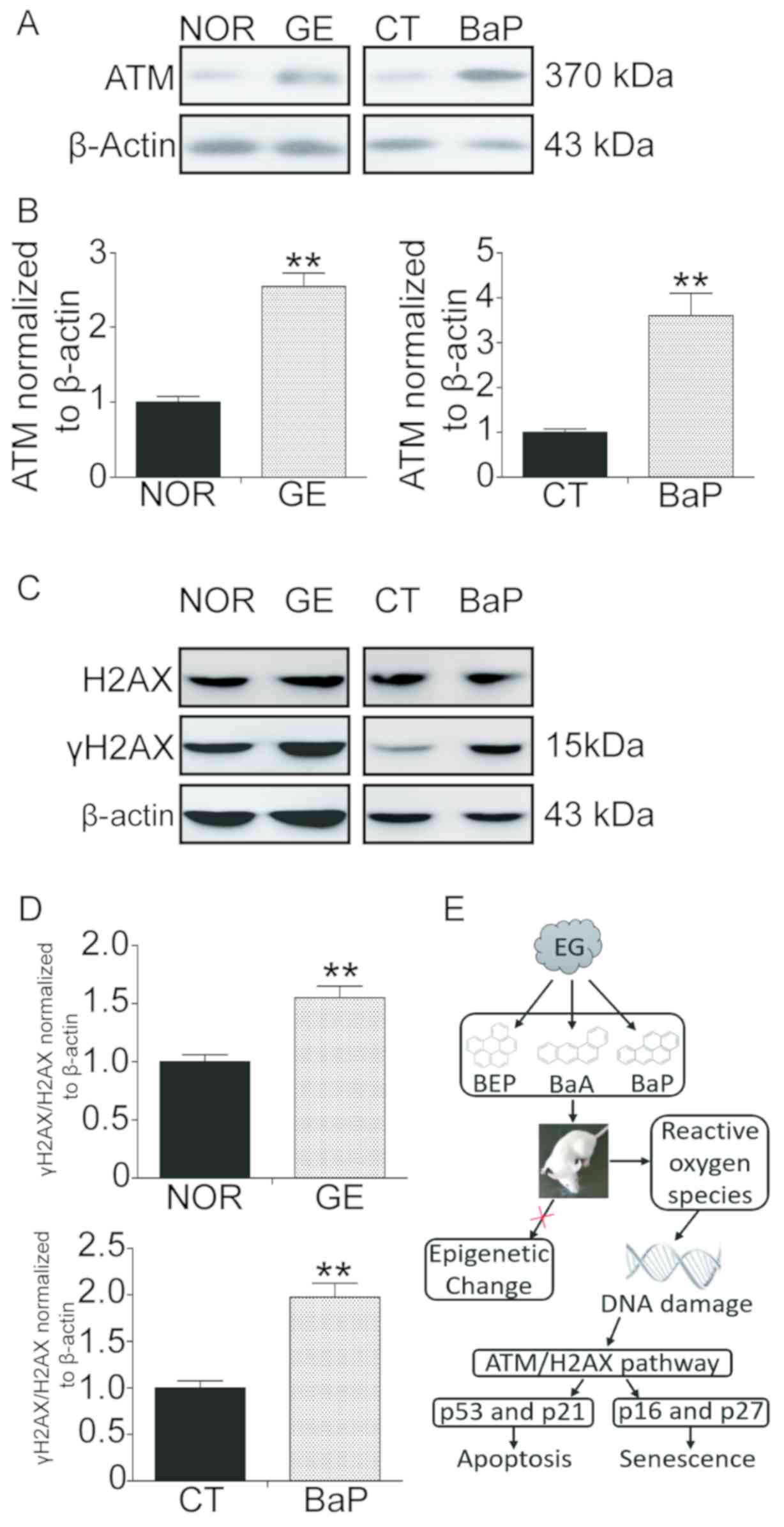|
1
|
Gatto NM, Henderson VW, Hodis HN, St John
JA, Lurmann F, Chen JC and Mack WJ: Components of air pollution and
cognitive function in middle-aged and older adults in Los Angeles.
Neurotoxicology. 40:1–7. 2014. View Article : Google Scholar : PubMed/NCBI
|
|
2
|
Ailshire JA and Clarke P: Fine particulate
matter air pollution and cognitive function among U.S. older
adults. J Gerontol B Psychol Sci Soc Sci. 70:322–328. 2015.
View Article : Google Scholar : PubMed/NCBI
|
|
3
|
Thiering E, Cyrys J, Kratzsch J, Meisinger
C, Hoffmann B, Berdel D, von Berg A, Koletzko S, Bauer CP and
Heinrich J: Long-term exposure to traffic-related air pollution and
insulin resistance in children: Results from the GINIplus and
LISAplus birth cohorts. Diabetologia. 56:1696–1704. 2013.
View Article : Google Scholar : PubMed/NCBI
|
|
4
|
Park SK, Adar SD, O'Neill MS, Auchincloss
AH, Szpiro A, Bertoni AG, Navas-Acien A, Kaufman JD and Diez-Roux
AV: Long-term exposure to air pollution and type 2 diabetes
mellitus in a multiethnic cohort. Am J Epidemiol. 181:327–336.
2015. View Article : Google Scholar : PubMed/NCBI
|
|
5
|
Franklin BA, Brook R and Arden Pope C III:
Air pollution and cardiovascular disease. Curr Probl Cardiol.
40:207–238. 2015. View Article : Google Scholar : PubMed/NCBI
|
|
6
|
Meo SA and Suraya F: Effect of
environmental air pollution on cardiovascular diseases. Eur Rev Med
Pharmacol Sci. 19:4890–4897. 2015.PubMed/NCBI
|
|
7
|
Sax SN, Zu K and Goodman JE: Air pollution
and lung cancer in Europe. Lancet Oncol. 14:e439–e440. 2013.
View Article : Google Scholar : PubMed/NCBI
|
|
8
|
Ding N, Zhou N, Zhou M and Ren GM:
Respiratory cancers and pollution. Eur Rev Med Pharmacol Sci.
19:31–37. 2015.PubMed/NCBI
|
|
9
|
Ward-Caviness CK, Nwanaji-Enwerem JC, Wolf
K, Wahl S, Colicino E, Trevisi L, Kloog I, Just AC, Vokonas P,
Cyrys J, et al: Long-term exposure to air pollution is associated
with biological aging. Oncotarget. 7:74510–74525. 2016. View Article : Google Scholar : PubMed/NCBI
|
|
10
|
Mumaw CL, Surace M, Levesque S, Kodavanti
UP, Kodavanti PRS, Royland JE and Block ML: Atypical microglial
response to biodiesel exhaust in healthy and hypertensive rats.
Neurotoxicology. 59:155–163. 2017. View Article : Google Scholar : PubMed/NCBI
|
|
11
|
Serra DS, Evangelista JSAM, Zin WA,
Leal-Cardoso JH and Cavalcante FSÁ: Changes in rat respiratory
system produced by exposure to exhaust gases of combustion of
glycerol. Respir Physiol Neurobiol. 242:80–85. 2017. View Article : Google Scholar : PubMed/NCBI
|
|
12
|
Moorthy B, Chu C and Carlin DJ: Polycyclic
aromatic hydrocarbons: from metabolism to lung cancer. Toxicol Sci.
145:5–15. 2015. View Article : Google Scholar : PubMed/NCBI
|
|
13
|
Bostrom CE, Gerde P, Hanberg A, Jernström
B, Johansson C, Kyrklund T, Rannug A, Törnqvist M, Victorin K and
Westerholm R: Cancer risk assessment, indicators, and guidelines
for polycyclic aromatic hydrocarbons in the ambient air. Environ
Health Perspect. 110 (Suppl 3):S451–S488. 2002. View Article : Google Scholar
|
|
14
|
Osgood RS, Upham BL, Hill T III, Helms KL,
Velmurugan K, Babica P and Bauer AK: Polycyclic aromatic
hydrocarbon-induced signaling events relevant to inflammation and
tumorigenesis in lung cells are dependent on molecular structure.
PLoS One. 8:e651502013. View Article : Google Scholar : PubMed/NCBI
|
|
15
|
Eom SY, Yim DH, Moon SI, Youn JW, Kwon HJ,
Oh HC, Yang JJ, Park SK, Yoo KY, Kim HS, et al: Polycyclic aromatic
hydrocarbon-induced oxidative stress, antioxidant capacity, and the
risk of lung cancer: A pilot nested case-control study. Anticancer
Res. 33:3089–3097. 2013.PubMed/NCBI
|
|
16
|
Zhao G, Wang Z, Huang Y, Ye L, Yang K,
Huang Q, Chen X, Li G, Chen Y, Wang J and Zhou Y: Effects of
Benzoapyrene on migration and invasion of lung cancer cells
functioning by TNF-α. J Cell Biochem. 119:6492–6500. 2018.
View Article : Google Scholar : PubMed/NCBI
|
|
17
|
White AJ, Chen J, Teitelbaum SL,
McCullough LE, Xu X, Hee Cho Y, Conway K, Beyea J, Stellman SD,
Steck SE, et al: Sources of polycyclic aromatic hydrocarbons are
associated with gene-specific promoter methylation in women with
breast cancer. Environ Res. 145:93–100. 2016. View Article : Google Scholar : PubMed/NCBI
|
|
18
|
Kim YH, Lee YS, Lee DH and Kim DS:
Polycyclic aromatic hydrocarbons are associated with insulin
receptor substrate 2 methylation in adipose tissues of Korean
women. Environ Res. 150:47–51. 2016. View Article : Google Scholar : PubMed/NCBI
|
|
19
|
Zhu L, Wang J, Du Y and Xu Q: Research on
PAHs fingerprints of vehicle discharges. Huan Jing Ke Xue.
24:26–29. 2003.(In Chinese). PubMed/NCBI
|
|
20
|
Gordon MW, Yan F, Zhong X, Mazumder PB,
Xu-Monette ZY, Zou D, Young KH, Ramos KS and Li Y: Regulation of
p53-targeting microRNAs by polycyclic aromatic hydrocarbons:
Implications in the etiology of multiple myeloma. Mol Carcinog.
54:1060–1069. 2015. View
Article : Google Scholar : PubMed/NCBI
|
|
21
|
Callicott RJ and Womack JE: Real-time PCR
assay for measurement of mouse telomeres. Comp Med. 56:17–22.
2006.PubMed/NCBI
|
|
22
|
Livak KJ and Schmittgen TD: Analysis of
relative gene expression data using real-time quantitative PCR and
the 2(-Delta Delta C(T)) method. Methods. 25:402–408. 2001.
View Article : Google Scholar : PubMed/NCBI
|
|
23
|
Farhat N, Thorin-Trescases N, Voghel G,
Villeneuve L, Mamarbachi M, Perrault LP, Carrier M and Thorin E:
Stress-induced senescence predominates in endothelial cells
isolated from atherosclerotic chronic smokers. Can J Physiol
Pharmacol. 86:761–769. 2008. View
Article : Google Scholar : PubMed/NCBI
|
|
24
|
Kural KC, Tandon N, Skoblov M,
Kel-Margoulis OV and Baranova AV: Pathways of aging: Comparative
analysis of gene signatures in replicative senescence and stress
induced premature senescence. Bmc Genomics. 17:213–224. 2016.
View Article : Google Scholar : PubMed/NCBI
|
|
25
|
Drummond D, Baravalle-Einaudi M, Lezmi G,
Vibhushan S, Franco-Montoya ML, Hadchouel A, Boczkowski J and
Delacourt C: Combined effects of in utero and adolescent tobacco
smoke exposure on lung function in C57Bl/6J mice. Environ Health
Perspect. 125:392–399. 2017. View
Article : Google Scholar : PubMed/NCBI
|
|
26
|
Kim SY, Lee JH, Kim HJ, Park MK, Huh JW,
Ro JY, Oh YM, Lee SD and Lee YS: Mesenchymal stem cell-conditioned
media recovers lung fibroblasts from cigarette smoke-induced
damage. Am J Physiol Lung Cell Mol Physiol. 302:L891–L908. 2012.
View Article : Google Scholar : PubMed/NCBI
|
|
27
|
Furlong HC, Stampfli MR, Gannon AM and
Foster WG: Cigarette smoke exposure triggers the autophagic cascade
via activation of the AMPK pathway in mice. Biol Reprod. 93:932015.
View Article : Google Scholar : PubMed/NCBI
|
|
28
|
Sasaki M, Kajiya H, Ozeki S, Okabe K and
Ikebe T: Reactive oxygen species promotes cellular senescence in
normal human epidermal keratinocytes through epigenetic regulation
of p16(INK4a.). Biochem Biophys Res Commun. 452:622–628. 2014.
View Article : Google Scholar : PubMed/NCBI
|
|
29
|
Barascu A, Le Chalony C, Pennarun G, Genet
D, Imam N, Lopez B and Bertrand P: Oxidative stress induces an
ATM-independent senescence pathway through p38 MAPK-mediated lamin
B1 accumulation. EMBO J. 31:1080–1094. 2012. View Article : Google Scholar : PubMed/NCBI
|
|
30
|
Burma S, Chen BP, Murphy M, Kurimasa A and
Chen DJ: ATM phosphorylates histone H2AX in response to DNA
double-strand breaks. J Biol Chem. 276:42462–42467. 2001.
View Article : Google Scholar : PubMed/NCBI
|
|
31
|
McManus KJ and Hendzel MJ: ATM-dependent
DNA damage-independent mitotic phosphorylation of H2AX in normally
growing mammalian cells. Mol Biol Cell. 16:5013–5025. 2005.
View Article : Google Scholar : PubMed/NCBI
|
|
32
|
Silva GS, Fe LML, Silva MNP and Val V: Ras
oncogene and Hypoxia-inducible factor-1 alpha (hif-1α) expression
in the Amazon fish Colossoma macropomum (Cuvier, 1818) exposed to
benzo[a]pyrene. Genet Mol Biol. 40:491–501. 2017. View Article : Google Scholar : PubMed/NCBI
|
|
33
|
Sun Y, Miller CA III, Wiese TE and Blake
DA: Methylated phenanthrenes are more potent than phenanthrene in a
bioassay of human aryl hydrocarbon receptor (AhR) signaling.
Environ Toxicol Chem. 33:2363–2367. 2014. View Article : Google Scholar : PubMed/NCBI
|
|
34
|
Aubert G: Telomere dynamics and aging.
Prog Mol Biol Transl Sci. 125:89–111. 2014. View Article : Google Scholar : PubMed/NCBI
|
|
35
|
Herbstman JB, Tang D, Zhu D, Qu L, Sjödin
A, Li Z, Camann D and Perera FP: Prenatal exposure to polycyclic
aromatic hydrocarbons, benzo[a]pyrene-DNA adducts, and genomic DNA
methylation in cord blood. Environ Health Perspect. 120:733–738.
2012. View Article : Google Scholar : PubMed/NCBI
|
|
36
|
Tessema M, Yu YY, Stidley CA, Machida EO,
Schuebel KE, Baylin SB and Belinsky SA: Concomitant promoter
methylation of multiple genes in lung adenocarcinomas from current,
former and never smokers. Carcinogenesis. 30:1132–1138. 2009.
View Article : Google Scholar : PubMed/NCBI
|
|
37
|
Belinsky SA, Nikula KJ, Palmisano WA,
Michels R, Saccomanno G, Gabrielson E, Baylin SB and Herman JG:
Aberrant methylation of p16(INK4a) is an early event in lung cancer
and a potential biomarker for early diagnosis. Proc Natl Acad Sci
USA. 95:11891–11896. 1998. View Article : Google Scholar : PubMed/NCBI
|
|
38
|
Shiloh Y: The ATM-mediated DNA-damage
response: Taking shape. Trends Biochem Sci. 31:402–410. 2006.
View Article : Google Scholar : PubMed/NCBI
|



